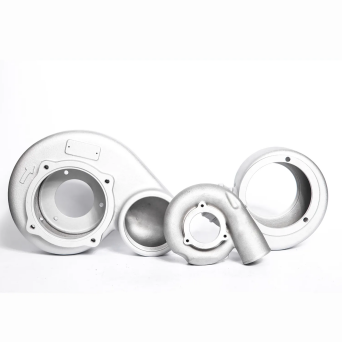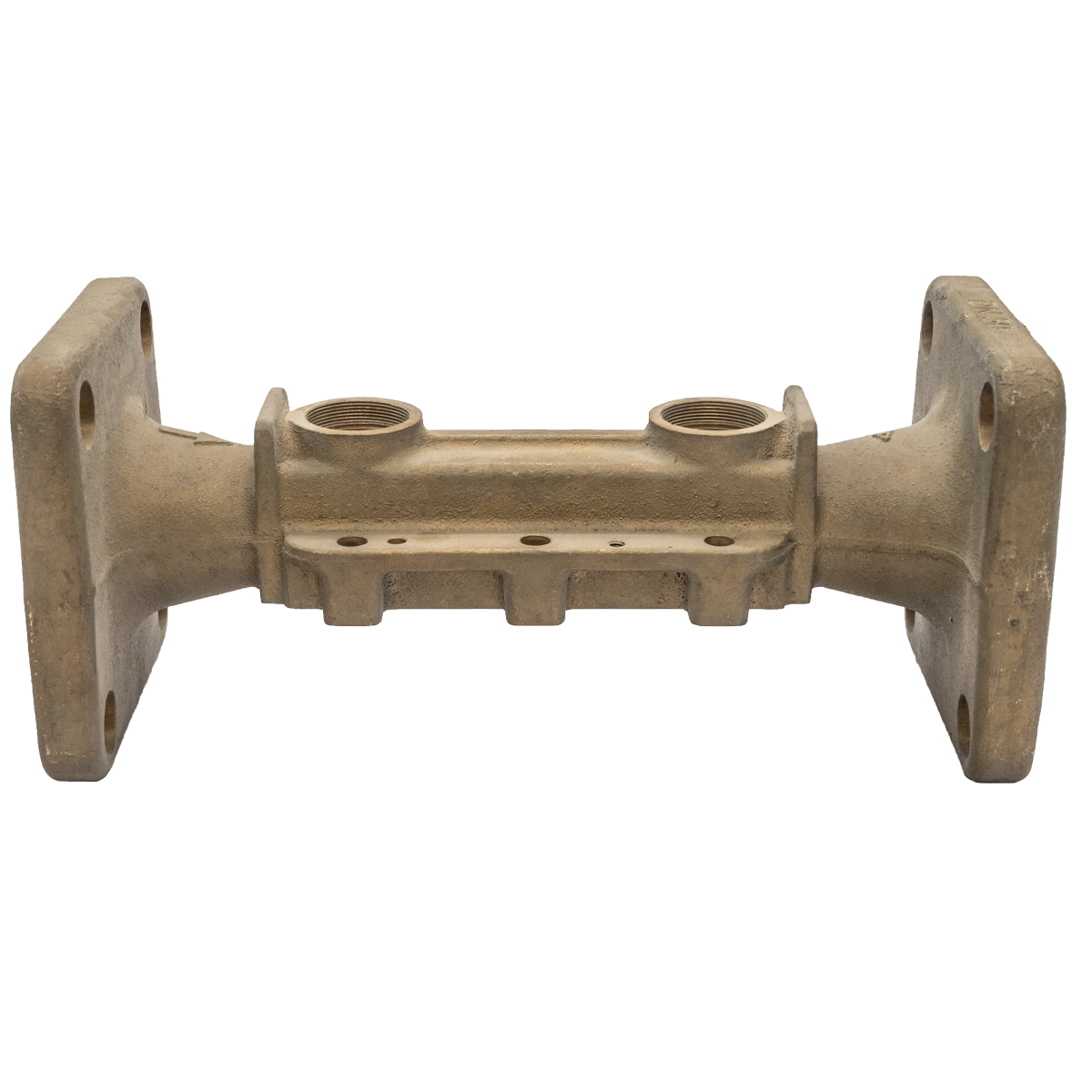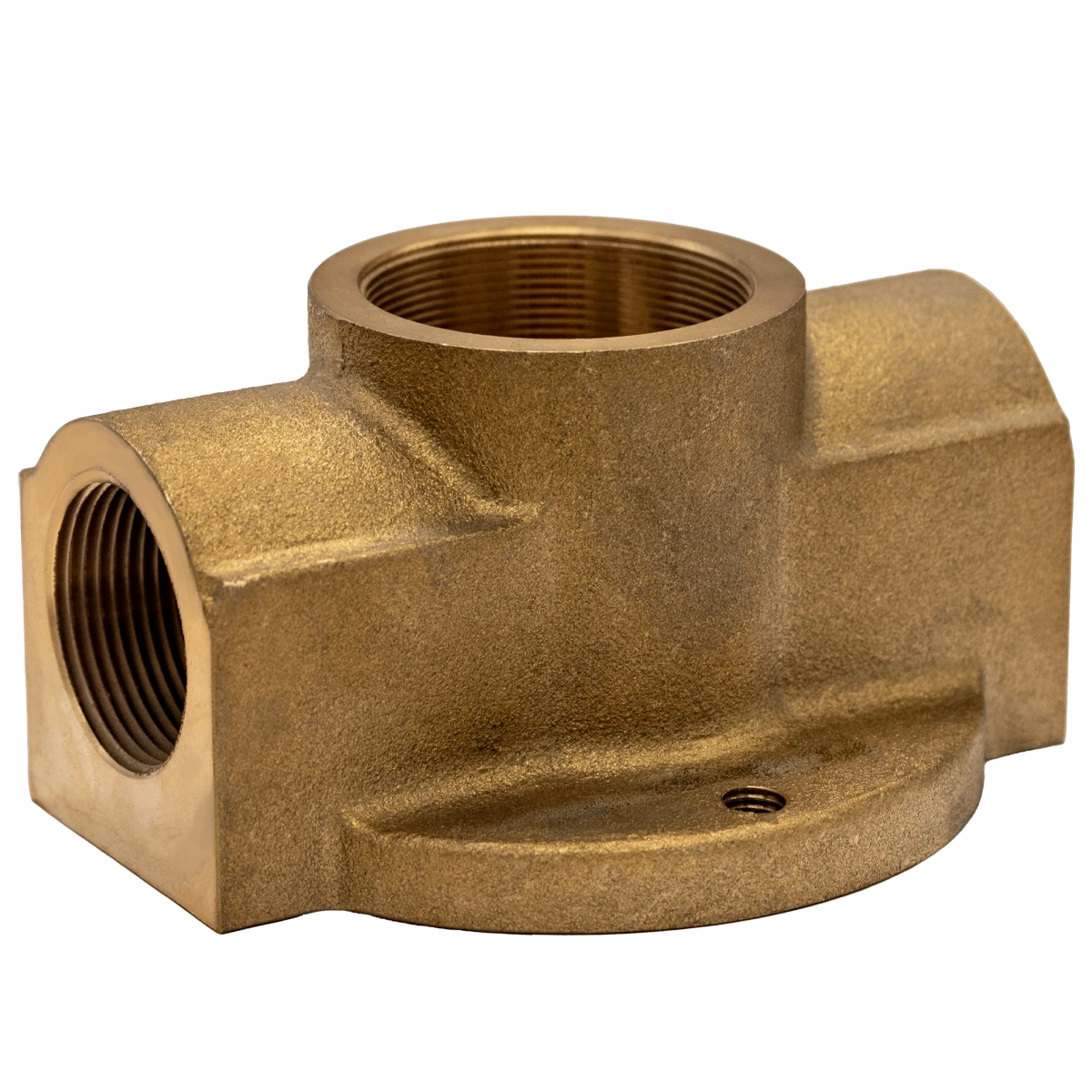Mobile:+86-311-808-126-83
Email:info@ydcastings.com
English
How to Install a Water Pump Connector Properly
A water pump connector is a crucial component that links the pump to pipes, ensuring efficient water flow while preventing leaks. Proper installation not only guarantees optimal performance but also protects the water pump impeller and other internal parts from damage. Hebei Yuanda Trade Co., Ltd. (YD), founded in 2006, specializes in providing flexible solutions for customized metal castings, including high-quality water pump connectors and related components. With their expertise in metal casting, YD understands the importance of precise installation to maximize the lifespan and efficiency of water pump systems.
Tools Needed for Installing Water Pump Connector
- Wrenches: Adjustable wrenches or pipe wrenches are essential for tightening the water pump connector to the pump and pipes. They provide the necessary torque to ensure a secure fit without damaging the connector’s threads.
- Sealant or Gasket: A high-quality sealant (like Teflon tape) or a rubber gasket helps create a watertight seal between the water pump connectorand the pump/pipe. This prevents leaks that could reduce pump efficiency or damage the water pump impeller over time.
- Cleaning Supplies: Sandpaper or a wire brush is needed to clean the mating surfaces of the pump and pipes. Removing rust, debris, or old sealant ensures a smooth, tight connection with the water pump connector.
- Level: A level helps verify that the water pump connectorand pipes are aligned correctly, preventing strain on the connector and pump components like the impeller.
Step-by-Step Installation of Water Pump Connector
- Prepare the Surfaces: Start by turning off the water pump and disconnecting it from the power source. Use cleaning supplies to remove any dirt, rust, or old sealant from the pump’s outlet and the pipe’s inlet. Clean surfaces ensure the water pump connectorsits flush, reducing the risk of leaks.
- Apply Sealant: Wrap Teflon tape around the male threads of the pump outlet and pipe inlet in a clockwise direction. Alternatively, place a rubber gasket on the water pump connector’s flange. This step creates a tight seal that stops water from escaping once the system is operational.
- Attach the Connector: Screw the water pump connectoronto the pump’s outlet by hand to avoid cross-threading. Once hand-tight, use a wrench to tighten it 1/4 to 1/2 turn more—over-tightening can crack the connector or damage the threads.
- Connect the Pipe: Align the pipe with the other end of the water pump connectorand hand-tighten. Use a wrench to secure it, ensuring the connection is firm but not excessive. Check with a level to confirm the connector and pipe are straight, preventing unnecessary stress on the pump and impeller.
- Test for Leaks: Turn on the pump briefly and inspect the water pump connectorand connections for leaks. If leaks are detected, turn off the pump, tighten the connections slightly, and retest. Repeat until no leaks are present.
Common Mistakes to Avoid When Installing Water Pump Connector
- Over-Tightening: Applying too much force when tightening the water pump connectorcan strip threads, crack the connector, or warp the flange. This not only causes leaks but may also misalign the pump, leading to uneven wear on the water pump impeller.
- Using Incorrect Sealant: Using a sealant that isn’t compatible with water or the connector material (like metal or plastic) can cause the seal to fail. Always choose a sealant designed for plumbing applications to ensure long-term effectiveness.
- Ignoring Alignment: A misaligned water pump connectorputs strain on the pump shaft and impeller, leading to vibration, noise, and premature failure. Take the time to check alignment with a level during installation.
- Skipping Surface Cleaning: Dirt or rust between the connector and mating surfaces creates gaps, allowing leaks. Even small leaks can reduce water pressure, forcing the pump to work harder and shortening the water pump impeller’s lifespan.
Maintenance Tips for Water Pump Connector and Impeller
- Regular Inspections: Check the water pump connectormonthly for signs of leaks, corrosion, or loose connections. Tighten any loose parts and replace worn gaskets or sealant promptly to prevent damage to the impeller or pump motor.
- Clean the Impeller: Over time, debris can get trapped in the water pump impeller, reducing flow and causing imbalance. Every 3–6 months, disconnect the pump, remove the water pump connector, and clean the impeller with a soft brush. This maintains efficient water movement and prevents strain on the pump.
- Replace Worn Connectors: If the water pump connectorshows cracks, stripped threads, or severe corrosion, replace it immediately. A faulty connector can lead to major leaks, which may flood the pump housing and damage the impeller or motor. Hebei Yuanda Trade Co., Ltd. offers durable replacement connectors suitable for various pump models.
|
Component |
Maintenance Task |
Frequency |
|
Water Pump Connector |
Check for leaks, tighten connections |
Monthly |
|
Sealant/Gasket |
Replace worn or damaged seals |
Every 6–12 months |
|
Water Pump Impeller |
Clean debris, inspect for damage |
Every 3–6 months |
Water Pump Connector FAQS
What Size Water Pump Connector Should I Use?
The size of the water pump connector must match the pump’s outlet and pipe diameter. Measure the diameter of both the pump outlet and pipe inlet (in inches or millimeters) to select the correct size. Hebei Yuanda Trade Co., Ltd. offers a range of sizes to fit various pump models.
Can a Damaged Water Pump Connector Affect the Impeller?
Yes. A leaking or misaligned water pump connector can cause reduced water flow, leading to cavitation (formation of air bubbles) in the pump. These bubbles collapse violently, damaging the water pump impeller’s blades over time.
Is Teflon Tape or a Gasket Better for Water Pump Connector Sealing?
Both work, but gaskets are better for flange-style water pump connectors, while Teflon tape is ideal for threaded connectors. For high-pressure systems, combining Teflon tape with a gasket provides extra protection against leaks.
How Tight Should a Water Pump Connector Be?
Hand-tighten the water pump connector first, then use a wrench to tighten it 1/4 to 1/2 turn more. This ensures a secure fit without risking damage to the connector or threads. Over-tightening is a common cause of leaks and connector failure.
Can I Reuse a Water Pump Connector After Removing It?
It depends on its condition. If the water pump connector is undamaged, has intact threads, and the sealing surface is clean, it can be reused. Replace it if there are cracks, stripped threads, or corrosion to avoid leaks that could harm the impeller.
-
Materials Used in Manufacturing Cap End Pipe FittingsNewsNov.24,2025
-
Material Properties of CF8M CastingNewsNov.24,2025
-
How to Inspect Pump Cap Ends for DamageNewsNov.21,2025
-
Backward Curved Impeller – Efficient Airflow Solutions for Industry | YD CastingsNewsNov.21,2025
-
Automobile Water Pump - Efficient, Quiet, Durable & ElectricNewsNov.21,2025
-
Impeller for Pumps – High-Efficiency, Durable, OEM-ReadyNewsNov.21,2025












